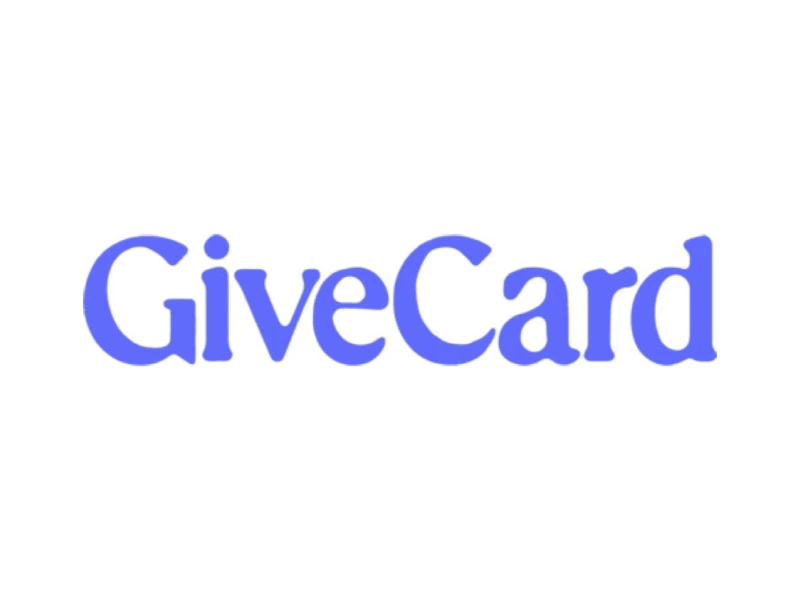- GiveCard teams up with Visa to provide virtual and physical prepaid cards for government agencies, streamlining fund distribution.
- The collaboration aims to help public sector agencies transition to a cashless system, enabling faster and more compliant disbursements.
What happened: GiveCard and Visa streamline digital fund distribution for government agencies
GiveCard, a platform designed for nonprofits and government agencies, has partnered with Visa. Through this collaboration, GiveCard will use Visa’s prepaid debit cards to distribute funds. These cards will be available as both virtual and physical options. The cards will be given to recipients directly by U.S. government agencies. This partnership aims to make fund distribution faster and easier. It is also a step towards replacing paper checks with digital payments, as the U.S. government plans to phase out paper checks by 2025.
The GiveCard platform handles large-scale payments and now includes Visa’s prepaid debit cards. This makes payments to recipients faster. The platform also supports automated bank transfers, such as ACH and FedNow, which help speed up payments. GiveCard offers full cardholder support in over 25 languages, making it easier for many people to use the system. This ensures the platform is accessible to a broader audience.
Also read: PayNet revolutionizes Malaysia’s digital payments landscape with real-time solutions and cross-border expansion
Also read: Tencent simplifies WeChat payments for mainland China visitors
Why it’s important
This partnership is important because it helps the government reduce its reliance on paper checks. It allows governments and nonprofits to distribute funds more quickly. Visa’s prepaid cards and GiveCard’s platform help agencies manage payments more easily. The system also ensures compliance with regulations like anti-money laundering rules.
The collaboration benefits underbanked and unbanked people. They can receive funds without needing a bank account or ID. This is key for programs that help low-income communities. The system makes it easier for government and nonprofit programs to distribute money quickly and at low cost.

